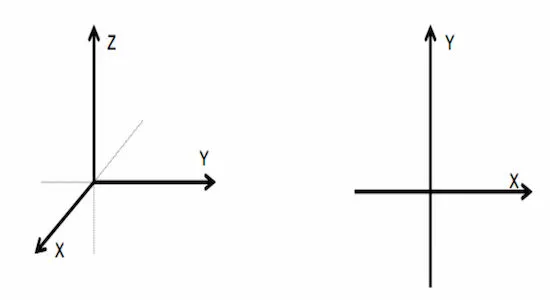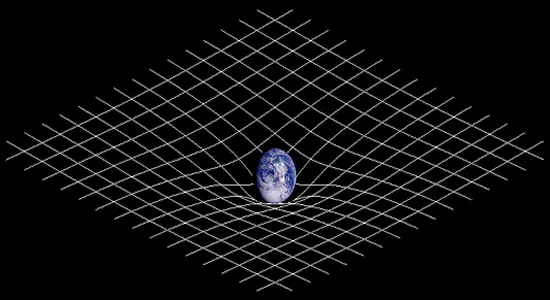≈A brief introduction to the Theory of General Relativity≈
Well,if you are a curious person or at least you studied the basics of physics, I'm sure you've heard about General Relativity and its author: Albert Einstein.
I am not here to explain this theory perfectly, nor its mathematics (they are quite complex) but I will try to give you a little introduction of how gravity is explained in this theory. Let's start the trip.
The initial problem
Before General Relativity (several centuries before), gravity was explained by Newtonian theory. But there was a problem with this explanation: Newton assumed that the gravitational effects would be instantaneous, but actually they weren't. This was one of the reasons that promted Einstein to develop new equations that would explain how gravity actually worked. What did Einstein do?

Understanding the Spacetime
First af all, we need a little idea of what is the space and time.
As you know, we live in a three dimensional space, this means you can move from left to right, from top to bottom and from outside to inside, so take a look at the pic on the left. If we lived in a two dimensional space, we would live in a space like the pic on the right.

But spacetime is actually four dimensional, because Relativity equations implies that space and time can't be treated separately, so we need to consider a fourth dimension: time.
To avoid that the article is very complicated to understand, we're going to treat only a three-dimensional space, and now let's consider that space is like a stretched sheet. Yes, it sounds weird but imagine a streched sheet. Now, imagine that you put a big heavy ball in the middle of the sheet. What happens? The sheet is deformed, curved down. Now if you take a small ball, like a marble, and throw it with some force so that it rolls over the sheet. You will see that its path is not straight, but that it's curved around the heavy ball. In fact, depending on the situation, the marble will begin to orbit (but it will stop orbiting because of the friction of the sheet).
This sheet and the way it deforms, is a good comparison about what space is like and what is gravity according to General Relativity.
We can consider, first of all, a flat space. But when we put something heavy, like the Sun it will be deformed (if you have read my first posts, for sure you remember that heavy objects curve the space).

Let's keep the example of the Sun.
The Sun, as the heavy ball does, curves the space and the movement of the Earth and the other planets are determined by the form that the space acquires. Do you remember when the marble started to orbit? Well, that's what happens with our planet and the other ones. As the planets have the proper orientation and speed, they orbit around the Sun.
Also the Earth curves the space and the Moon (it has a perfect speed and orientation) orbits around us.
The solution of the problem
After this reformulation of the gravitational theory, the question was: is the initial problem solved now?
If this way of understanding gravity is acceptable, the example of the sheet with the heavy ball is valid. But does this actually solve the problem? The answer is yes. Why?
If we could record at a very very slow camera and see the vibrations of the sheet, we would be able to see how at the beginning the sheet starts to vibrate and how, little by little, the vibrations would increase until the sheet stabilized.
This same reasoning can be applied to the space. When there's no mass on space, it is flat. But when a mass get inside the game, the space starts to get curved, until it stabilizes.
Some warnings to take into account
We have said that heavy objects curve space, and in consequence, other objects are attracted to the heavy one. But it is necessary to explain that gravity is not produced by the object itself and it is not pulling the other objects inwards, actually this curvature of the space is the gravity itself.
Once, Newton said that the agent that produces the effects of gravity "must be considered by the reader", a question that Einstein solved saying that gravity is produced by the structure of the cosmos.
References:
Information from:
[1] Greene, B., (1999), The Elegant Universe. W. W. Norton & Company Buy this book
Images from Google Images.
[2]First Image
[3]Second Image
[4] Third Image